
The Philippines is a beautiful country found on an archipelago in the western Pacific Ocean off the coast of Vietnam. Consisting of over 7,000 islands and islets, the Philippines boasts cultural and biological diversity. If you traveled throughout the islands, you could hear over 150 native languages and dialects being spoken! You might also glimpse a few fascinating animals including water buffalo, monkeys, lemurs, mongooses, civets, over 50 species of bat, and “chevrotains” (mouse deer) — the smallest hoofed animal in the world.
While there is so much beauty and diversity to behold, sadly, the Philippines experiences frequent natural disasters, and many Filipinos live in in poverty. The Philippines suffers from about 20 typhoons each year, which in turn cause landslides, flooding and volcanic eruptions. These disasters disproportionately impact 27.6 million of the most impoverished Filipinos. While there is great need in the Philippines, there are also amazing cultures and traditions to learn about. Today, we’d love to share some fun facts with you about the Philippines — the home of over 94,000 Compassion-assisted children.
Facts About the Philippines
Here are some quick, key facts you should know about the Philippines.
- Population: 109,180,815
- Capital: Manila
- Official language: Filipino (based on Tagalog), English
- Area: About 115,831 square miles (300,000 square kilometers) — slightly larger than Arizona
- Economy: About a quarter of the population works in agriculture, about 20% works in industry and more than half the population works in services. Agriculture products include rice, fish, livestock, poultry, bananas, coconut/copra, corn, sugarcane, mangoes, pineapple and cassava. The industries of the Philippines include semiconductor and electronics assembly, business process outsourcing, food and beverage manufacturing, electric/gas/water supply, chemical products, radio/television/communications equipment, petroleum and textiles and garments.
Culture and Traditions of the Philippines
The Philippines has a vibrant island culture. From the tourist paradise of Palawan and giant shopping malls to the impoverished villages and slums, great wealth and great poverty live side by side. Here’s just a little more about the Philippine way of life.
Religion: Freedom of religion is granted by the Philippine constitution and is generally respected. Over 80% of Filipinos identify as Roman Catholic. However, Catholicism in the Philippines is different from Catholicism in the rest of the world because ancient worship practices of the early Filipino animists have mixed with Catholic doctrine. About 8% of Filipinos are Protestant, and 5.6% are Muslim.
Clothing: There are several factors that have influenced fashion in the Philippines. These factors include the climate, cultural traditions, foreign conquerors and foreign media. In modern times, Filipinos will often wear clothes like T-shirts, jeans, skirts and dresses that are popular in the Western hemisphere.
The traditional dress for men in the Philippines is a “barong tagalog.” A tunic made from thin, richly embroidered fabric is worn over trousers and a collarless Chinese shirt called a “camisa de Chino.” Often paired with a barong tagalog is a “salakot” — a traditional wide-brimmed hat made from rattan or reeds.
Women traditionally wear a “baro at saya,” which translates as “blouse and skirt.” There are many variations of the baro at saya, but it usually consists of a short blouse with long sleeves and a long wraparound skirt.

General culture: The culture of the Philippines is a blend of native traditions and Spanish Catholic heritage as well as other Asian and American influences. Despite their turbulent political history, Filipinos are friendly, fun-loving people who enjoy gatherings and festivals. They also love to celebrate an extended Christmas season, beginning as early as September and continuing through January! Family and religion are valued by Filipinos, as well as an appreciation for art, fashion and food. “Sipa,” or hacky sack, is the traditional native sport of the Philippines and is played with a small rattan ball. However, basketball is also extremely popular. Flamboyantly decorated “jeepneys” — passenger vehicles originally made from United States World War II military jeeps — are common means of public transportation throughout the Philippines.
Music and Dance of the Philippines
Filipinos are creative and love to play music at social gatherings. Folk music and vocal chanting are important elements of Philippine culture, and each ethnic group has its own unique style. Traditional instruments include the “kulibit” (a zither with bamboo husk strings and tubular bamboo resonators), the “git-git” (a wooden three-string bowed instrument), wooden lutes and guitars.
There are a variety of folk dances from the Philippines. Some are held to commemorate special events, while others are used to tell stories and folklore. In the traditional “singlkil” dance, the tale of tribal princes and princesses is enacted.
Another famous Philippine dance is the “tinikling,” in which the dancers mimic the movements of tinikling, or tikling, birds. The dancers gracefully step and turn between two long bamboo poles struck together rapidly to the beat of music. During the “binasuan” folk dance, performers balance three glasses of rice wine – one on the head and one in the palm of each hand. They demonstrate their poise and coordination by spinning and rolling on the floor without spilling the wine.
Food and Drink of Philippines
Philippine cuisine tends to be less spicy than that of many of the surrounding countries, but it’s just as delicious. One key ingredient, of Spanish descent, is vinegar. Other common foods include over 20 varieties of rice, a wide array of fish, tropical fruits, sweet potatoes, vegetables and corn.
Philippine adobo is a popular dish of meat and seafood or vegetables marinated in a mix of vinegar, salt, pepper garlic and soy sauce. The food is then browned in oil and simmered in the marinade.
Lugaw is a savory rice porridge that is a popular breakfast food in the Philippines. Rice is cooked in a chicken broth seasoned with garlic and ginger. Cubed chicken and onions are added to create a filling, flavorful dish. Learn to make lugaw!
Halo halo is a quintessential Philippine dessert with many ingredients and variations. The ingredients include shaved ice, milk, beans, tapioca pearls, jelly, sweetened saba banana, sweet potato, coconut, rice and jackfruit. “Halo halo” translates as “mix mix,” and that is exactly what you do to this complex dessert before enjoying it.
Samalamig is a refreshing, chilled beverage often sold by street vendors. Colored jelly, tapioca pearls, brown sugar and water are blended to create a sweet liquid. This popular summertime drink is served over large chunks of ice and comes in a wide variety of flavors like orange mango and cantaloupe.
A Story From the Philippines: Jasper Draws With His Toes
Jasper’s family lives in an impoverished urban community in the Philippines. Jasper’s mother, Mylene, was ecstatic when she found out her son would be enrolled in Compassion’s Child Sponsorship Program. Then she learned her 2-year-old would be expected to draw pictures to send to his sponsor. There was just one issue: Jasper was born without arms.
Children in Compassion’s program who are too young to write letters are asked to draw or scribble on specially designed letter templates to encourage them to build relationships with their sponsors. It also encourages cognitive development and fine motor skills. Mylene was concerned, but she helped Jasper grip a crayon in his toes as he said, “Don’t worry, Mama, I can do this.”
Jasper completed his first drawing for his sponsor using his toes. Now 4 years old, Jasper uses his crayons to draw shapes on paper, fill in coloring books and write his name.
Jasper continues to learn valuable skills at the Compassion center and receives encouragement and care from the loving staff, his fellow sponsored children and his family. Despite his missing limbs, Jasper can hold his own. He is comfortable being with other children and is confident when speaking with adults. He doesn’t shy away from playing tag, basketball or skateboarding.
Watching Jasper’s progress, Mylene realized her son’s incredible potential. “I was worried about how he would face life and how he could get a job someday,” she says. “I am confident for his future now that he is a sponsored child. I have hope that of my four boys, Jasper is the one with a chance to go and finish college someday.”
Reynesto, the center director, says of Jasper, “We will also show him God’s love so that he will learn his true value in the eyes of God.”
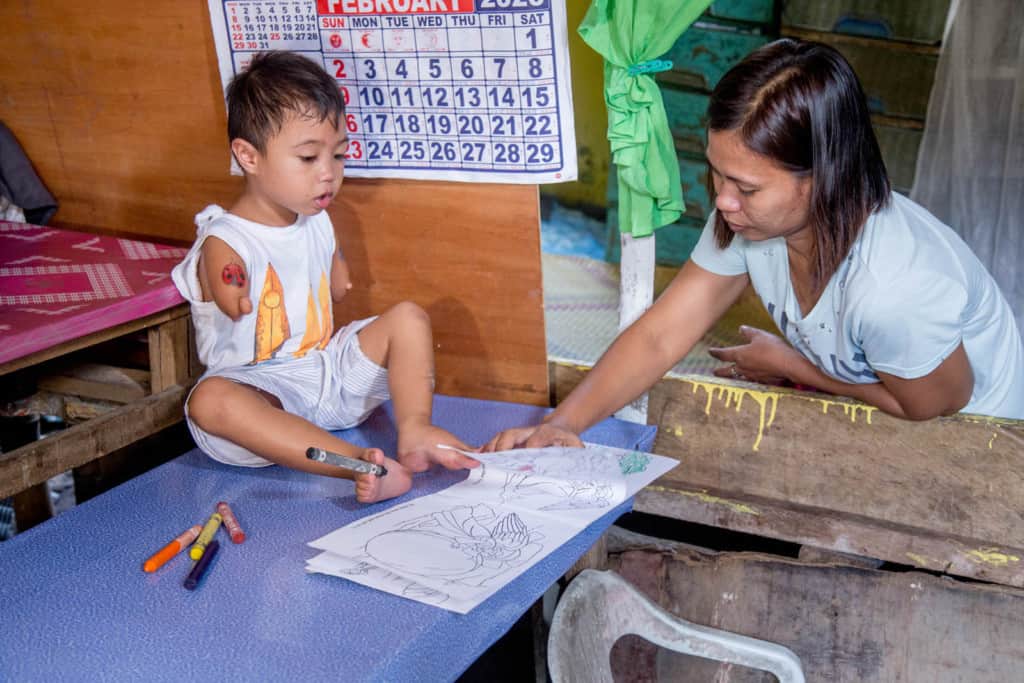
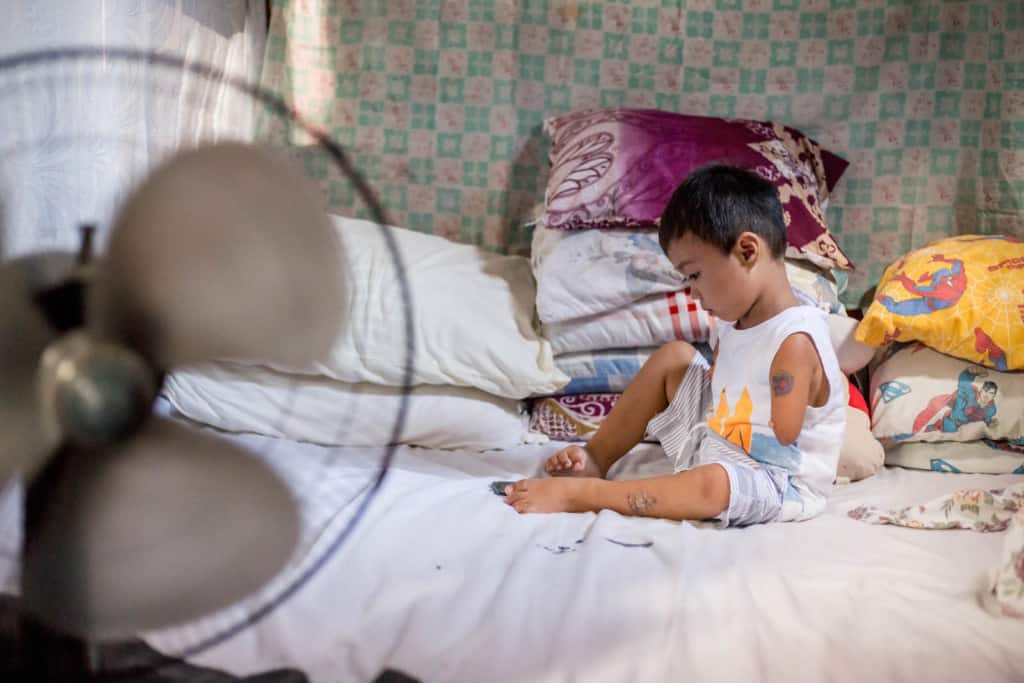
Read More Stories From the Philippines
BONUS: Fun Fact About the Philippines
The national bird of the Philippines is the Philippine eagle — also known as the monkey-eating eagle. It is one of the largest and rarest birds of prey with fewer than 900 adults living on four Philippine islands.
Photos of What Daily Life Is Like in the Philippines
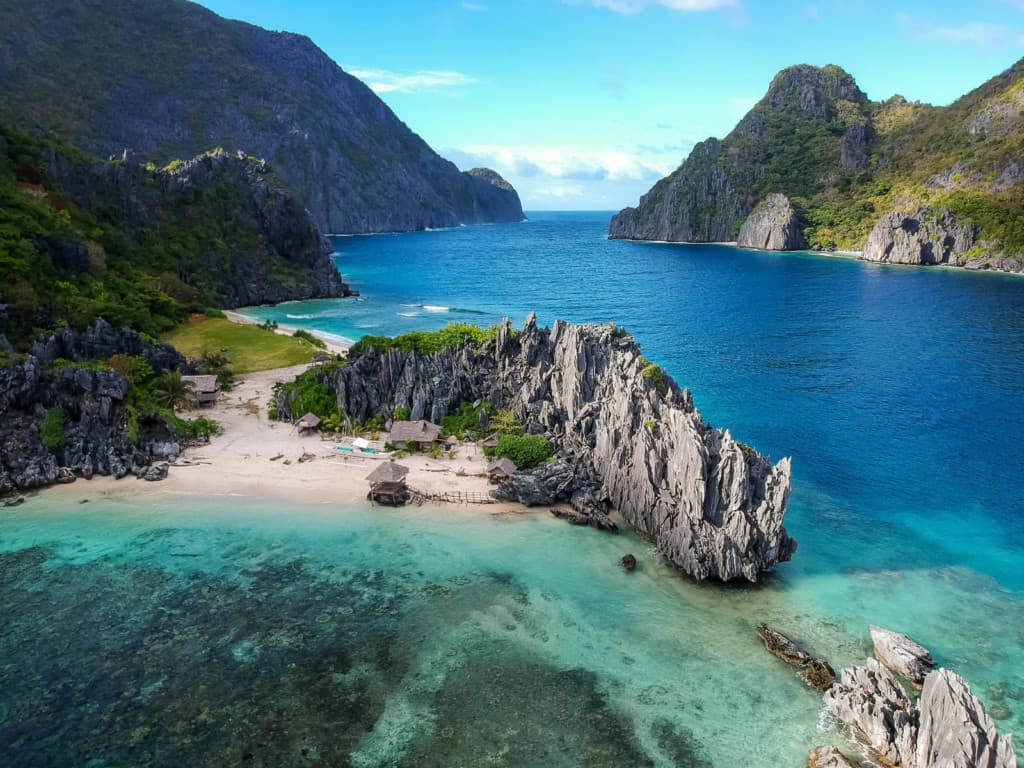
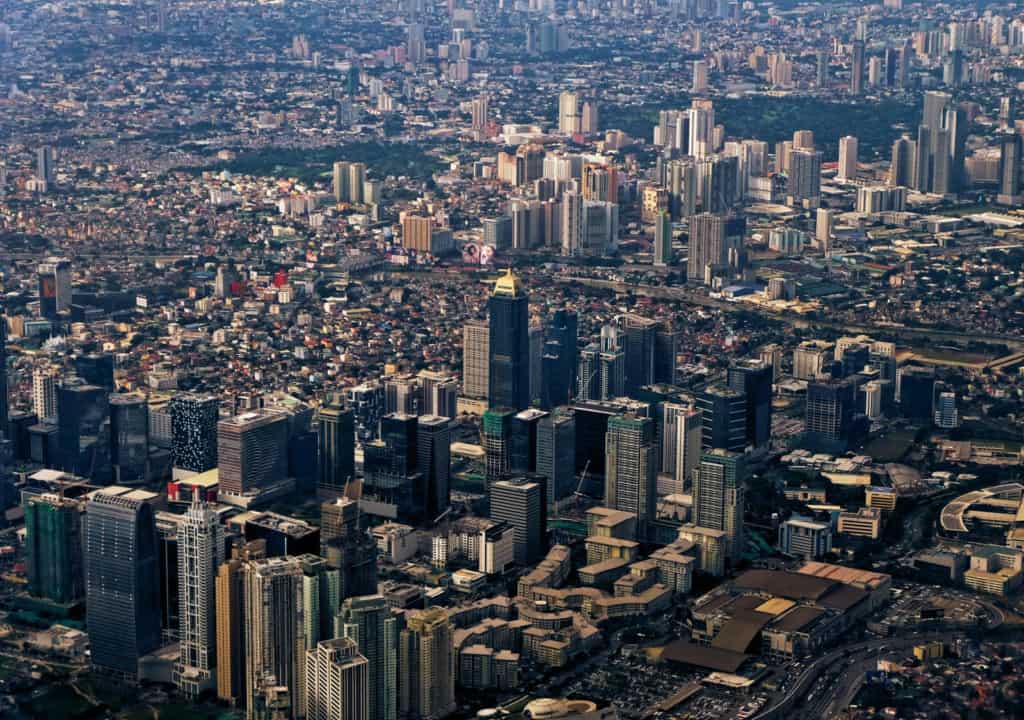
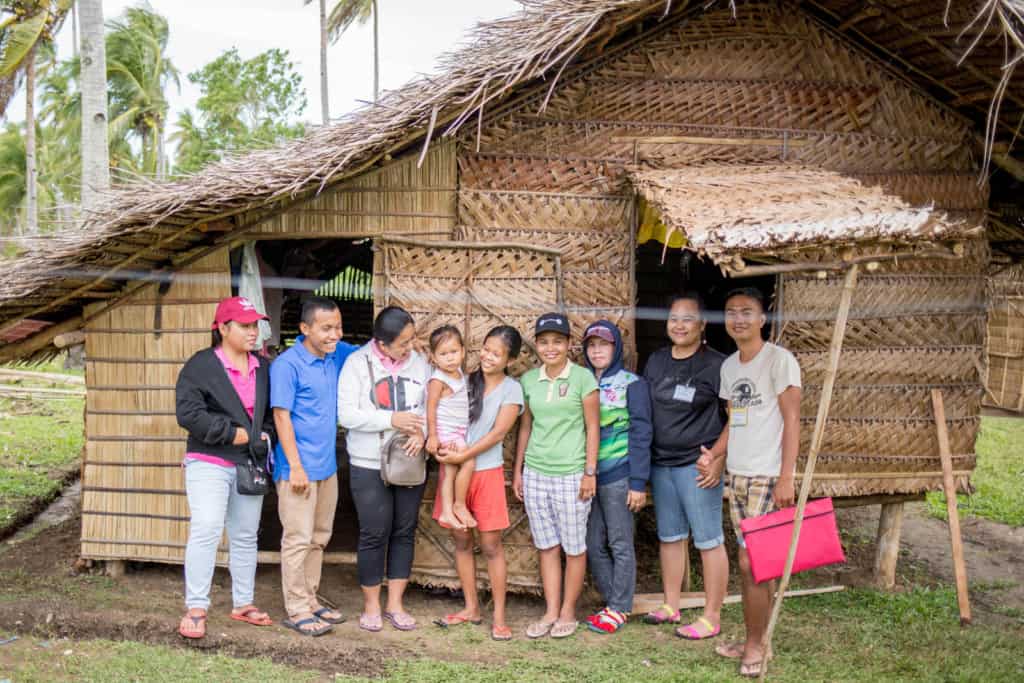
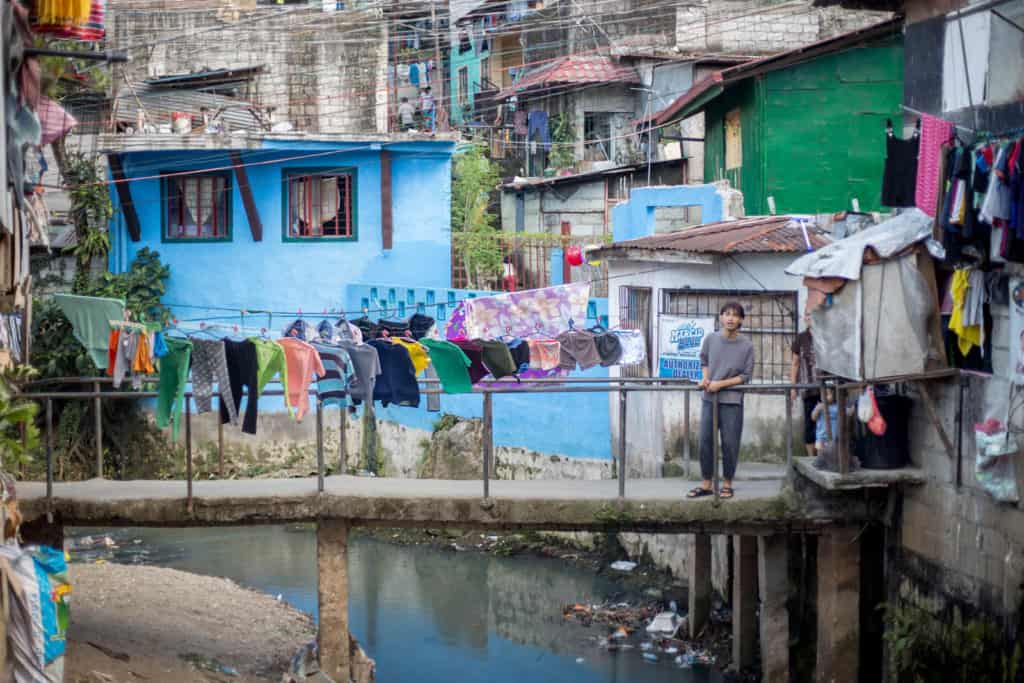
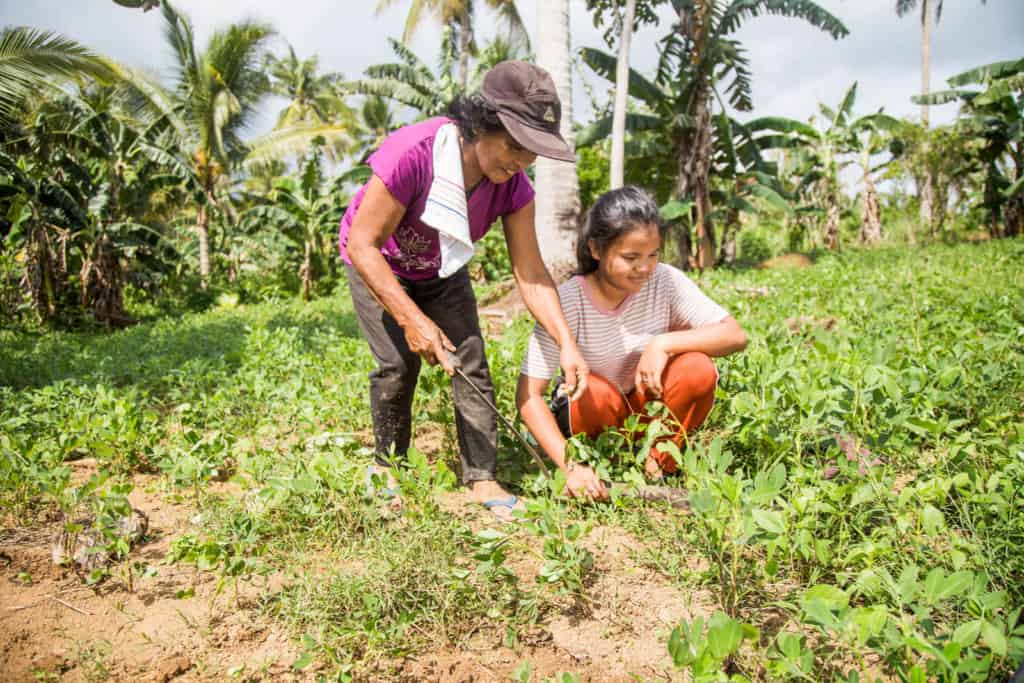

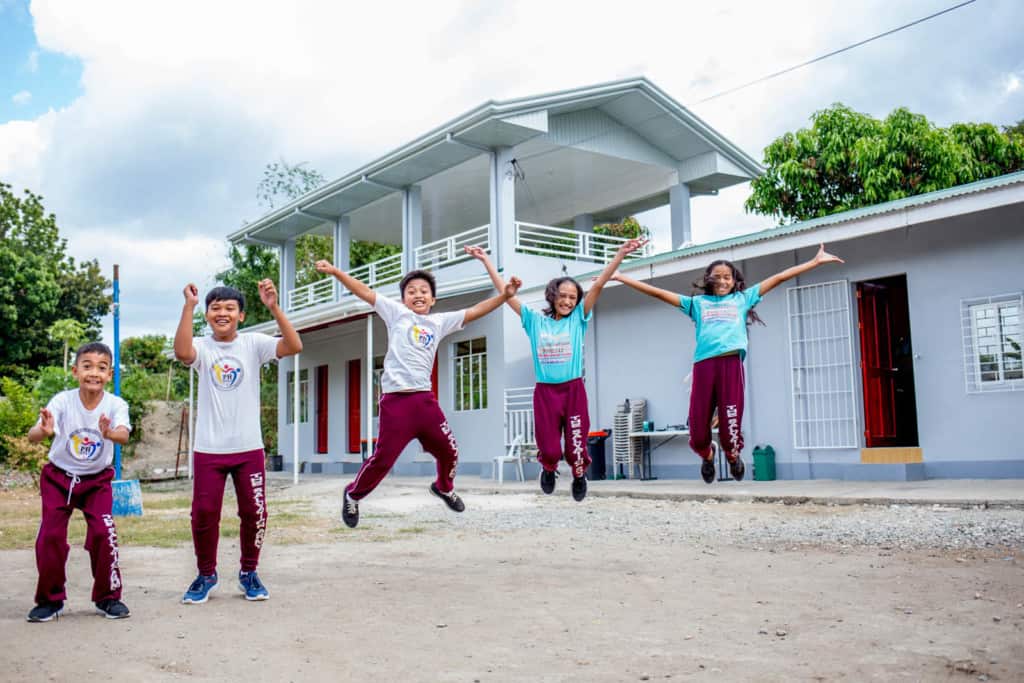

Do you want to keep learning about the beautiful country of the Philippines?
Facts About Compassion and the Philippines ›
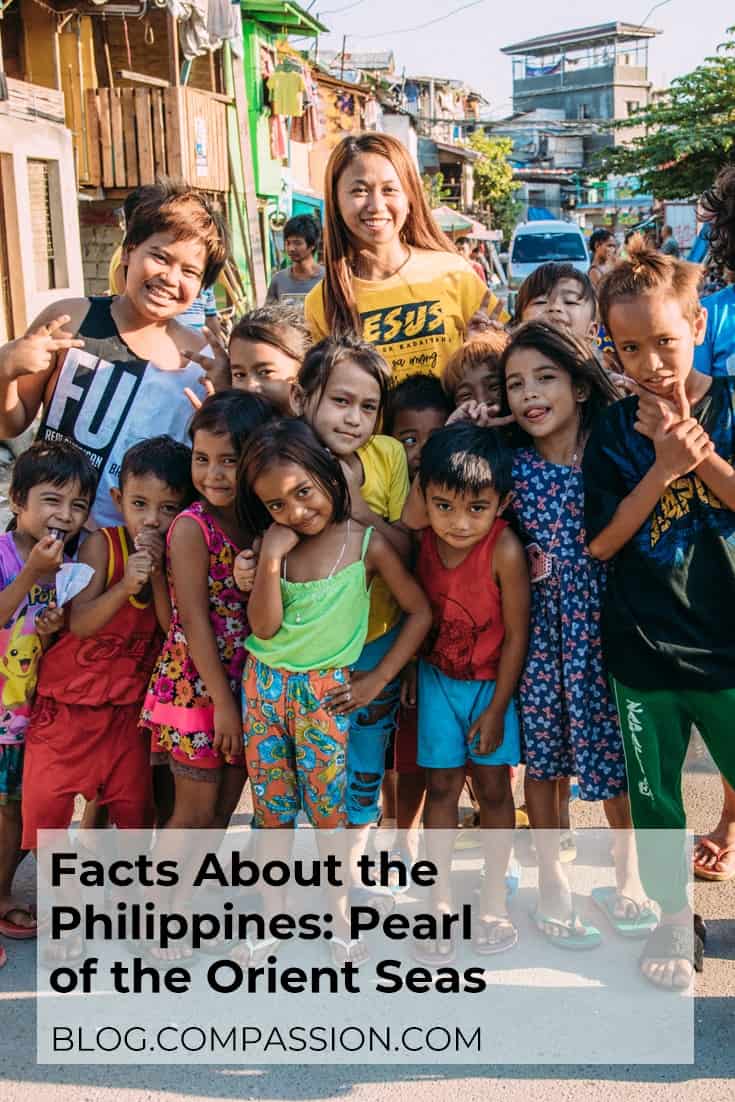
Each week on the blog, we’re posting an article of facts about a different country where sponsored children live. Keep an eye out for the countries that interest you the most!

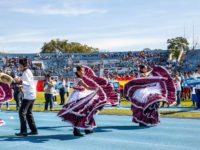
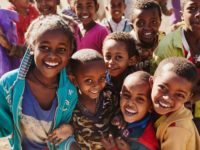

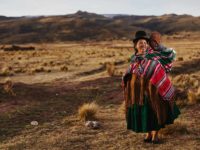


20 Comments |Add a comment
The Philippines is one of the most amazing places I have ever been. It is absolutely gorgeous! But what sets it apart is the people. They will treat a stranger like family and sacrifice their needs for others. They are the givingest people I have ever seen. The rest of the world could learn from them. Let’s give back to these wonderful people!
Iba iba man ang kultura at paniniwala ng mga Pilipino kailangan parin natin e respeto at tanggapin ang bawat isa.
Thank you sir for sharing this facts.
Mabuhay Pilipinas,
Thank you for this information, I was there, I am married to a Filipino. But I always want to learn more. I pray for little Jelou everyday. Her and her friends and family, God bless.
Our family sponsors 3 boys from the Philippines and it was great to learn more about the country and culture. Love the pictures of Jasper!
Enjoyed learning more about the Phillipines and Filipino people. What a beautiful country. The water is such a beautiful blue. It was interesting to learn more about the facts and customs of the people.
Thank you so much for sharing this information! My husband is Filipino and I have visited there several times!!
While in the Air Force, I was stationed in the Philippines in the early ’90s when Mt Pinatubo blew. But I have many great memories of the beautiful landscapes and the even more beautiful people. I was privileged to get to attend one of their protestant church services and got to know quite a few of the local people. I saw great need there, and great poverty. This is why I knew I had to sponsor a child from the Philippines! So nice to see the pictures, brings back many memories.
Hi Carla! Thank you so much for sharing this story! It is so sweet when you are able to sponsor a child from a country that has a special place in your heart. ??
Thank you so much! I enjoy learning more about the Philippines and the culture that my sponsored child is from! God Bless them all!!!
Thank you for sharing the Philippine culture with us. It certainly contributes to my “Compassion” for the children and people of the country. I always wondered how jackfruit
was used!
Thank you for featuring my motherland as I have just sponsored a little girl named, Cheska and looking forward to get to know her and her family. When I visit again , God willing I look forward meeting her.
Hi Leila! Thank you for choosing to bless Cheska with your love and sponsorship. We pray that you will be able to meet her soon! ??
You really help us understand and picture where our child is living. The cultural blend is so unique, and the story about the little boy with no hands/arms was special too. Very motivational!
We are so happy that this post helped you understand where your sweet child is from, Sue! Thank you for your continued support of your precious kiddo! ?
Thank you for sharing this information about the Philippines. Beautiful people! I pray that Compassion continues to make a positive impact in this country through the sponsored children and beyond. God bless them!
Hello Cheryl! Thank you so much for your prayers and support! The people of the Philippines are so beautiful with such rich culture. ?
This is awesome information! Loved it!
Love that you shared a recipe. Helps to feel connected to the kids and their country.
Very interesting, I have never seen pictures of the Phipippines, these are amazing. Thank you for the information.,
Love this!